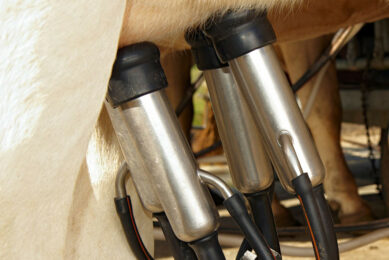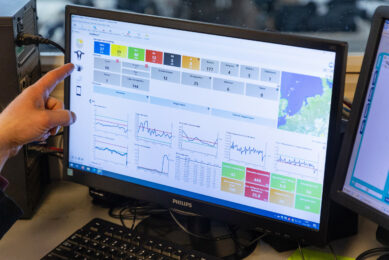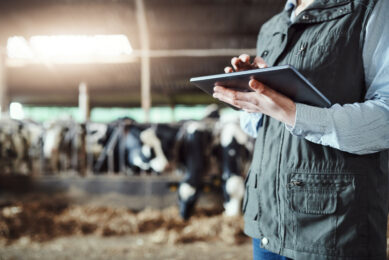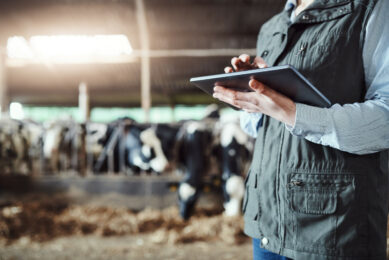Video: a peek at Delaval’s batch milking
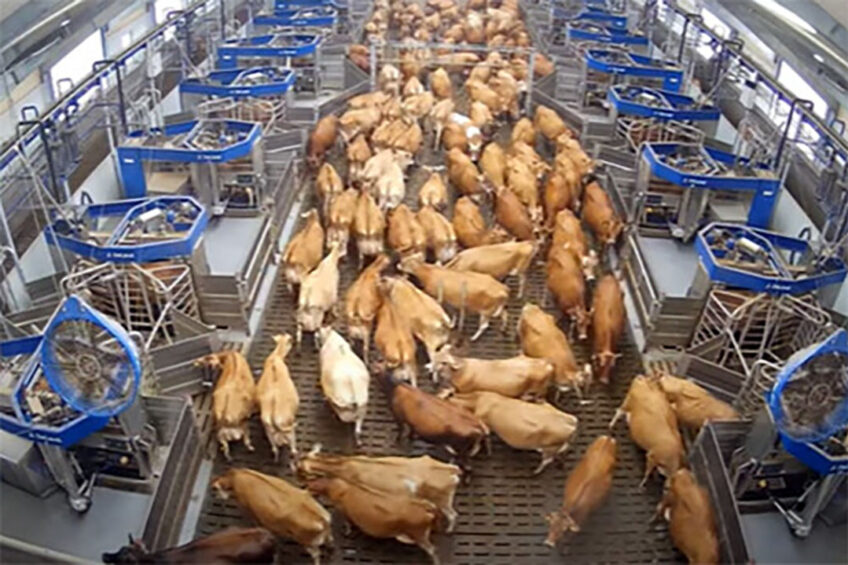
Delaval has installed 150 milking robots in a batch setup on large farms in Europe, the US, and Australia. On the farms, 8-24 robots stand in 2 rows next to each other with ample waiting space between. Milking occurs 7-8 times per robot per hour.
The waiting area does not need to be equipped with a gate to drive the cows inside. The cows go to the robots on their own. New groups of cows can be driven into a partially occupied waiting area. The selection gates guide them back into the correct group after milking.
Less labour needed for milking
The need for less labour is a big advantage of the system, as well as the minimal impact of malfunctions in milking robots. Regardless of farm size, 1 person is sufficient to drive a group of cows into the waiting area, clean the boxes, provide bedding, and oversee the milking process. Due to the large number of robots per milking parlour, maintenance or malfunctions of one robot are less disruptive than in a system with 1 or 2 robots per group of cows.
According to Klaus Jakobson of Lonholm Agro, the batch setup is 2.5 to 3 times more expensive than a 64-stall rotary milking parlour. The Danish farmer has been using it to milk over 800 cows for half a year now. “We chose this due to the low labour requirements. We only need 1 person for the milking process. This will stay the same when we scale up to 1,200 cows next year. That means the entire farm can be managed with 5-6 people, instead of the 10-15 that 1,200 cows would require.”
Jakobson added that the total costs of batch milking are then equal to or lower than a rotary milking parlour. “It is equally important that we can do with less management and supervision. Labour is becoming more expensive every year, while robot and facility costs remain relatively stable,” he said.



